What is Niacinamide?
2018-10-11
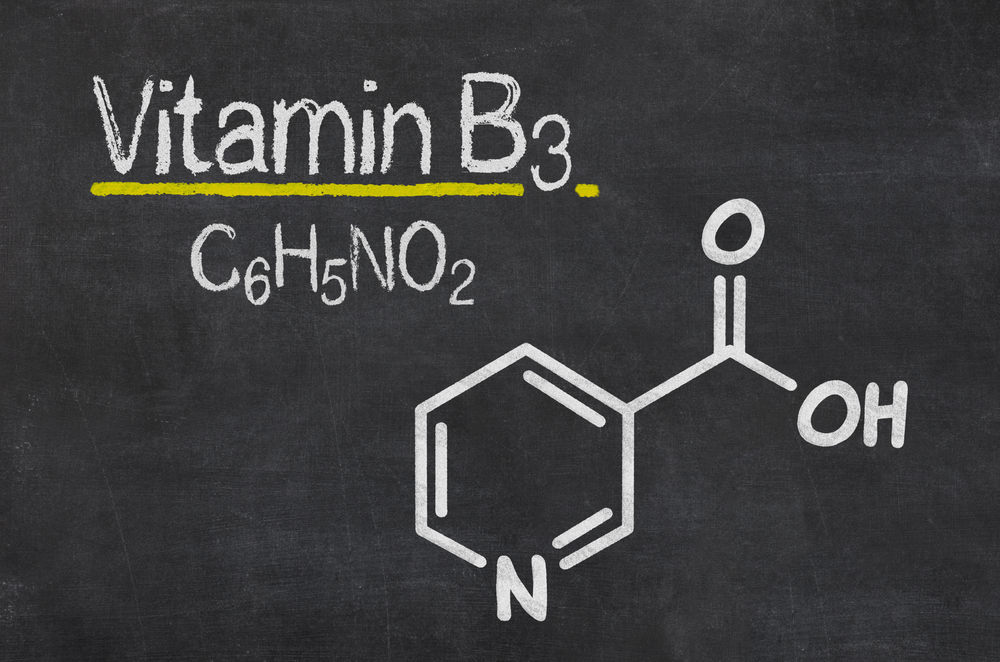
There are two forms of vitamin B3. One form is niacin, the other is niacinamide. Niacinamide is found in many foods including yeast, meat, fish, milk, eggs, green vegetables, beans, and cereal grains. Niacinamide is also found in many vitamin B complex supplements with other B vitamins. Niacinamide can also be formed in the body from dietary niacin.Do not confuse niacinamide with niacin, inositol nicotinate, or tryptophan.
Vitamin B3 is known to reduce the appearance of skin blemishes and congestion, whilst balancing your natural sebum levels for a shine-free complexion. It improves the skin’s barrier function, preventing the skin from losing water and protecting it from pollutants and irritants, making it particularly gentle on skin. It improves skin texture and smoothness, whilst calming any breakouts and reducing excess oils.
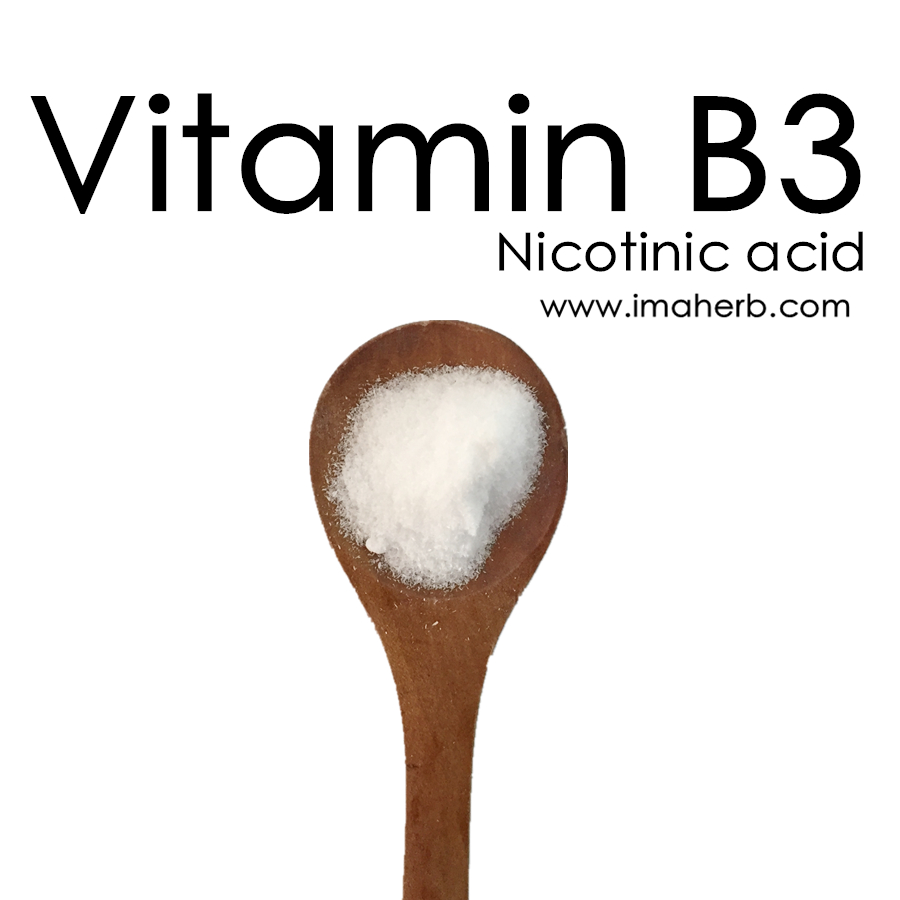
Niacinamide can be made from niacin in the body. Niacin is converted to niacinamide when it is taken in amounts greater than what is needed by the body. Niacinamide is easily dissolved in water and is well-absorbed when taken by mouth.Niacinamide is required for the proper function of fats and sugars in the body and to maintain healthy cells.Unlike niacin, niacinamide has no beneficial effects on fats and should not be used for treating high cholesterol or high fat levels in the blood.
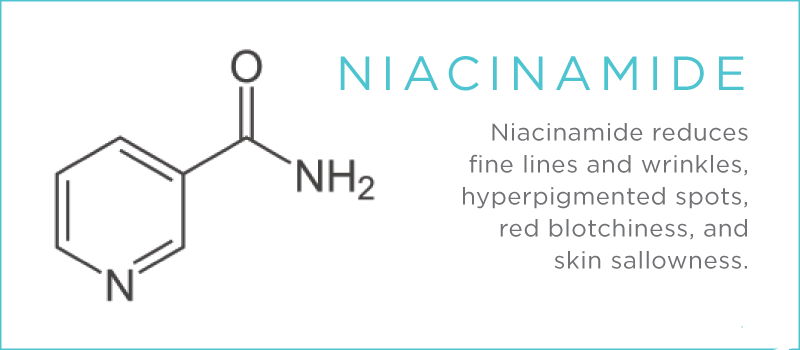








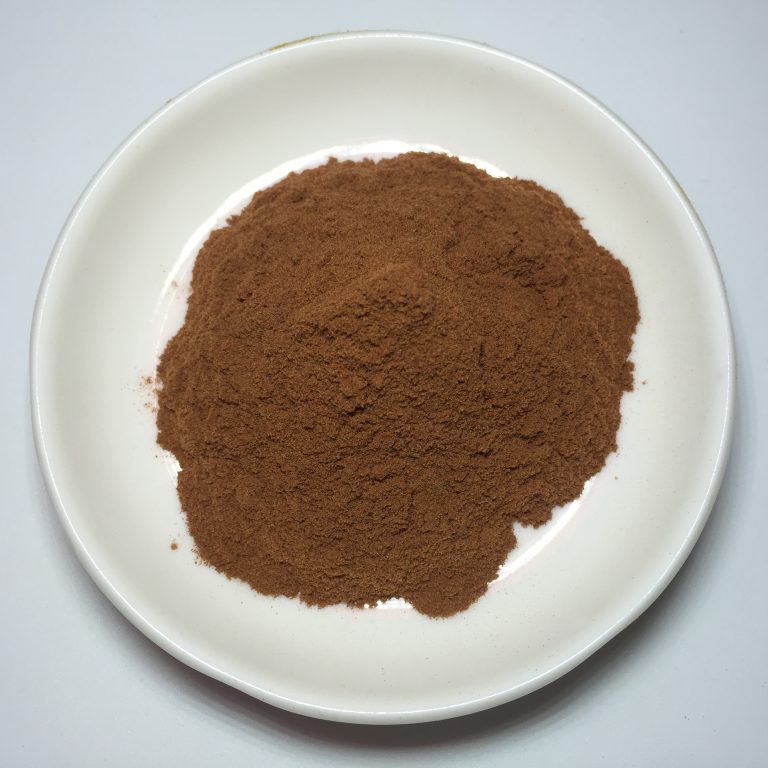 Imaherb China manufacturer supply Apple Extract Powder
Imaherb China manufacturer supply Apple Extract Powder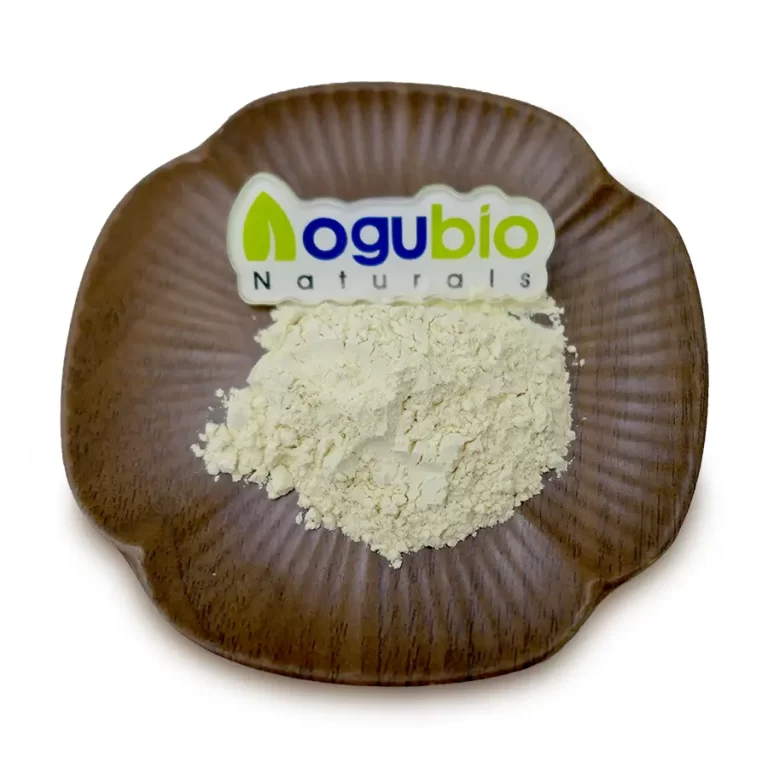 Imaherb China manufacturer supply Apigenin Powder 98%
Imaherb China manufacturer supply Apigenin Powder 98%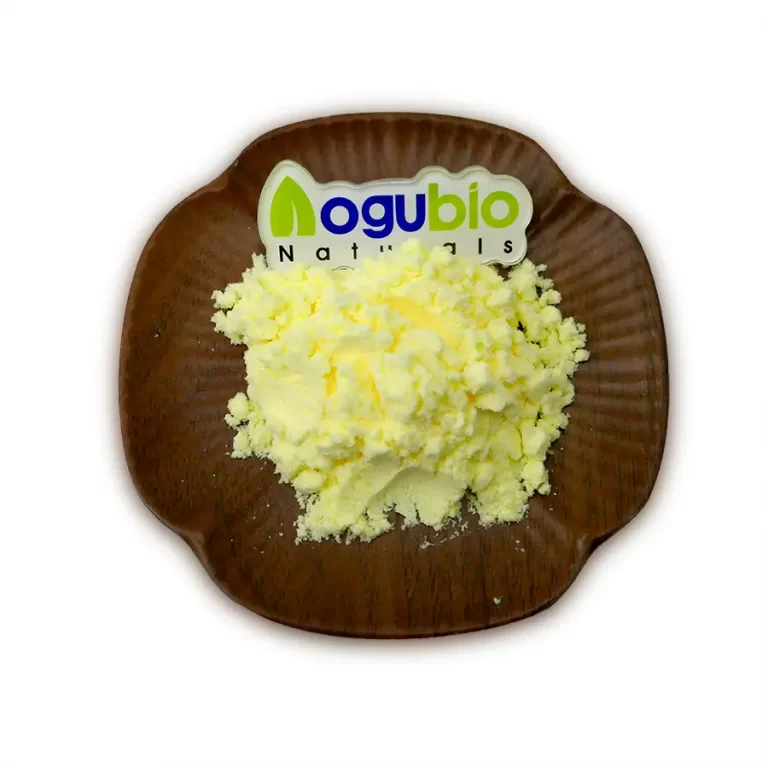 Imaherb Factory supply Alpha Lipoic Acid Powder CAS 1077-28-7
Imaherb Factory supply Alpha Lipoic Acid Powder CAS 1077-28-7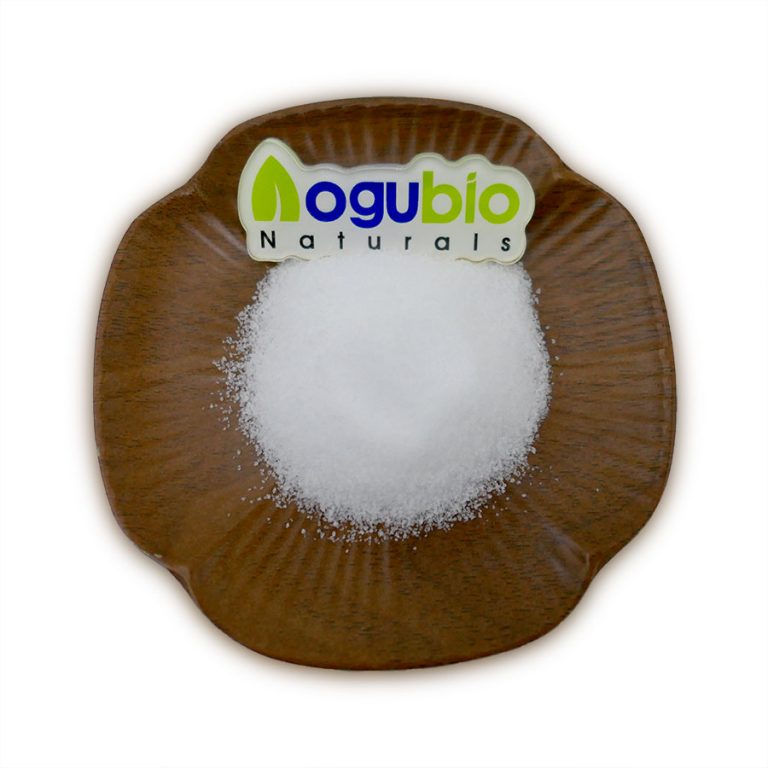 Imaherb Factory supply Alpha GPC Powder CAS 28319-77-9
Imaherb Factory supply Alpha GPC Powder CAS 28319-77-9 Imaherb Factory supply Alliin Powder 98% CAS 556-27-4
Imaherb Factory supply Alliin Powder 98% CAS 556-27-4 skype
skype Sales Manager
Sales Manager Rebekah
Rebekah Rachel
Rachel Miranda
Miranda Camilla
Camilla
 Sales Manager
Sales Manager